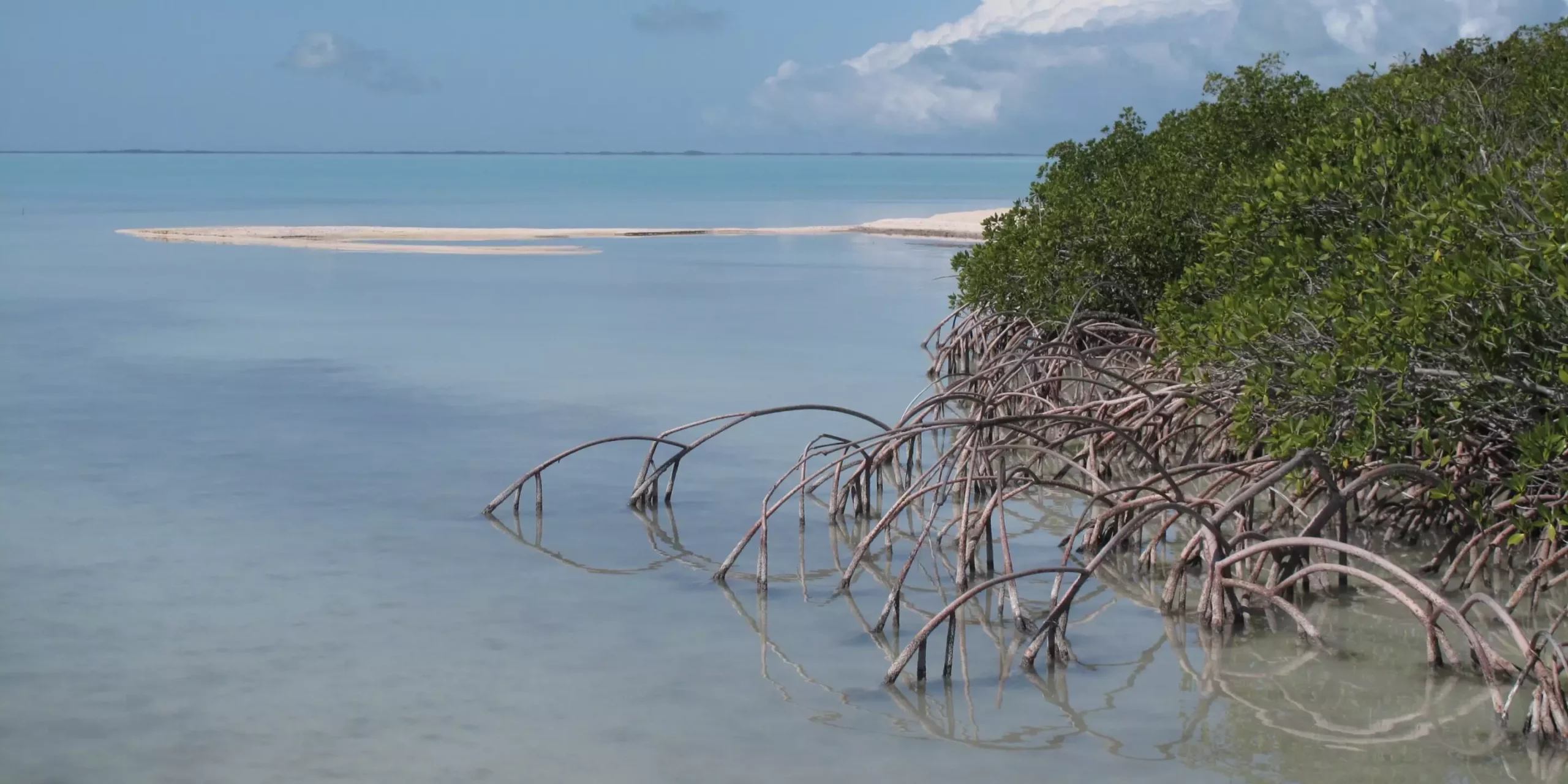Recent scientific investigations have exposed alarming trends regarding sea surface temperatures (SST) in South Florida’s estuaries. A series of studies conducted by researchers from the University of South Florida’s College of Marine Science highlight a significant and rapid increase in temperatures over the last twenty years. This phenomenon is particularly concerning given the historical precedence of marine ecology’s sensitivity to temperature fluctuations, culminating in a record-setting marine heat wave experienced in the region in 2023. The implications of these heightened temperatures pose serious threats to marine biodiversity supporting South Florida’s unique ecosystems.
Surging Temperatures: A Data-Driven Look
Utilizing satellite imagery, the researchers have drawn some striking conclusions about water temperatures in four critical estuaries: Florida Bay, Tampa Bay, St. Lucie Estuary, and Caloosahatchee River Estuary. Their analysis indicates that these specific estuarine environments have warmed approximately 70% faster than the Gulf of Mexico and a staggering 500% faster than the average global ocean temperature over the same period. This data is crucial as it illustrates not only local trends but also reveals a pressing need for immediate ecological consideration. The implications of this accelerated warming can reverberate through the entire marine food web, disrupting habitats and threatening the survival of numerous species.
The surge in water temperatures brings forth grave concerns regarding the marine organisms that rely on these estuaries as vital nursery grounds. Notably, South Florida’s estuaries feature essential habitats like seagrass meadows and are situated near the exquisite coral reefs of the Florida Keys. These ecosystems are incredibly sensitive to temperature variations; for instance, both seagrass and coral species are highly vulnerable to heat stress, while algae often thrive in warmer waters. Chuanmin Hu, a prominent professor of physical oceanography, emphasized the precarious balance of these ecosystems, whereby favorable conditions for some organisms may lead to detrimental outcomes for others. The increase in harmful algal blooms, which are more frequent in elevated temperatures, poses a significant risk not only to marine life but also to human interests, including tourism and commercial fishing.
In light of these critical findings, researchers remain proactive about forging partnerships with agencies like the Florida Fish and Wildlife Conservation Commission and the National Oceanic and Atmospheric Administration. These collaborations aim to investigate the implications of rising water temperatures on seagrass and coral health within South Florida’s waterways further. Understanding the direct impacts of thermal stress on these vulnerable species is paramount in developing strategies for conservation and resilience against climate change.
Possible Causes for the Unique Warming Phenomenon
As researchers seek to unravel the intricacies of this phenomenon, they have posed several hypotheses regarding the underlying factors contributing to the accelerated temperature increases observed in South Florida. Potential contributors include evaporation rates, water capacity, and residence time—basically, how long water remains in an estuary before flowing out. Each of these factors plays a role in the thermal dynamics of estuarine environments, though no dominant cause has been definitively established as yet. This nuanced examination highlights the complexity of marine ecosystems and reinforces the need for dedicated study to identify potential solutions.
The trajectory of sea surface temperature increases poses critical questions for the future of South Florida’s estuaries. As marine ecosystems are inherently dynamic, understanding the sustainability of these temperature changes and whether they will stabilize aligns with the broader goal of maintaining ecological balance in the region. Professor Hu raised a pivotal point about the future, suggesting that as warming trends progress, they may eventually align with those observed in broader Gulf of Mexico waters. Nevertheless, further research is essential to gain deeper insights into these trends and their long-term implications for South Florida’s ecological integrity. The urgency for action has never been greater, as the effects of climate variability test the resilience of our coastal ecosystems.


Leave a Reply